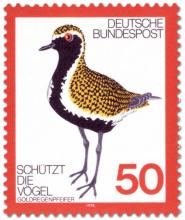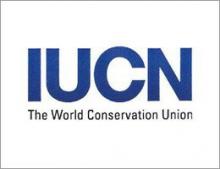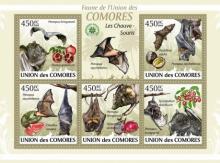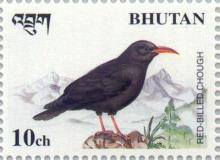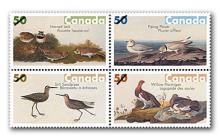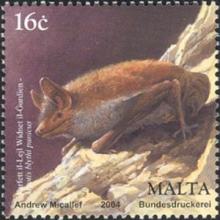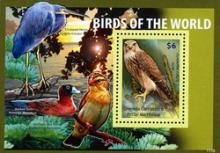Vom Verschwinden der Vögel
- Read more about Vom Verschwinden der Vögel
- Log in to post comments
Die Lerche ist selten geworden, der Kiebitz fast verschwunden und der Feldsperling ist kaum noch zu sehen. Zahlreiche Vogelarten sind in den vergangenen 50 Jahren aus Europa verschwunden. Der Grund: ihre Lebensräume haben sich dramatisch verändert. Detailliert beschreibt der Geologe und Wissenschaftsjournalist Daniel Lingenhöhl diesen Wandel von Flora und Fauna und erläutert ausführlich die Gründe, die in Städten und ländlichen Regionen zu einem Rückgang der Vögel geführt haben. Ein realistischer Bericht, der nicht nur für Vogelliebhaber und Naturschützer von Interesse sein dürfte.

